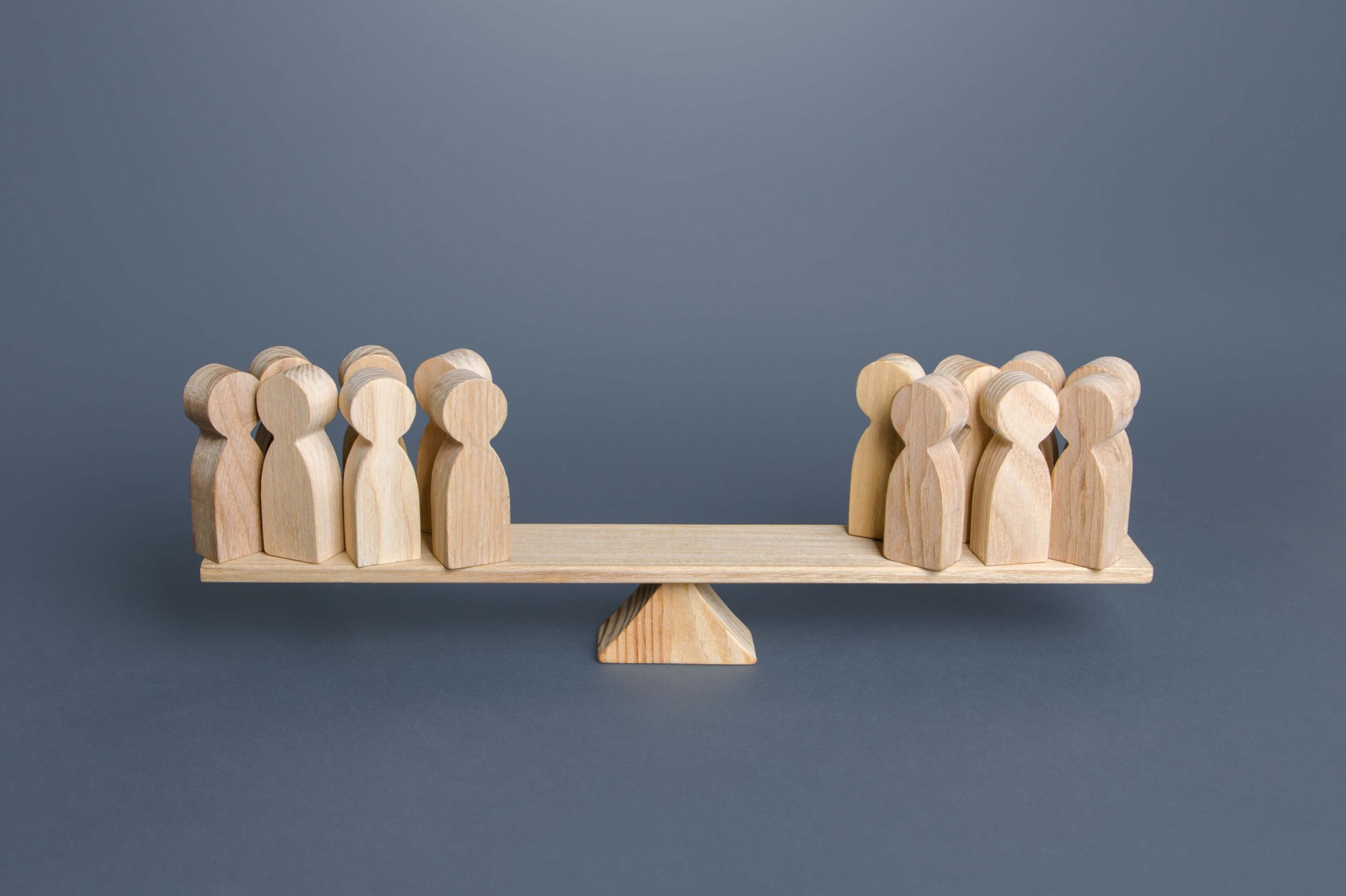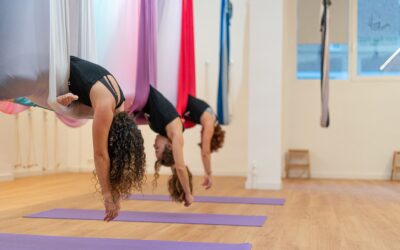Competition in the fitness world is fierce and it is essential to differentiate yourself. How can you do it? By changing the value proposition of your gym. Going from selling a price to selling a service is a huge change of mentality. And, although we don’t have the absolute answer, we bring you 5 star tips. Shall we get started?
Different value propositions in a gym: selling a price or selling a service
Both ways of selling are perfectly valid and can go hand in hand in your gym or sports centre. However, before defining your value proposition you need to know the difference between selling a service and selling a price.
Selling a price: This is the most commonly used sales technique. Sell your price because it is cheaper, you offer more resources, you offer more services. …. Whatever differentiates your gym, but always have the price as your selling message.
Selling a service: In this sales technique, what we do is sell the benefits it provides, and not so much the price. This includes all the things that you know your ideal public needs and wants from a sport centre; personalised attention, fun, community… There are many possibilities, but they must always be in line with your centre and what you want to offer.
What is the main difference when applied to a gym?
The main difference between the two is that selling at a price is influenced by the subjective view of each customer. What may seem cheap to some may seem expensive to others. Therefore, this vision does not depend on you, but on the end user. Moreover, it is a technique with which you enter the price war. What if the gym next to yours lowers its prices? Maybe if you only sell price, your users will leave.
However, if you are selling a service, what you are selling to your end customer is what makes you different. What makes your centre the best option, and not just the price. It is selling identification.
When you sell a service, you are selling your identification, what sets you apart.
5 tips for having a value proposition and not selling on price in a sports centre
You may be wondering how to do it. Here are our 5 top tips for creating a value proposition in your gym:
1- Focus on your target
It seems obvious, but being clear and focused is the key to a company’s success.
Knowing who your ideal customer is, what they like the most or what their needs are is the first step you should take. You should even be able to convert their desire or emotions into a need.
The fundamental rule of your centre should always be to focus on the user. We know that defining a target can sometimes be a bit difficult. So, we ask you 5 questions that can help you with that:
-
- Who is your product or service aimed at?
- Who could become your potential customer?
- How old is he/she?
- What interests him/her? What tastes does he/she have?
- What social networks does he/she have?
Once you have defined and answered these questions, you will have a profile of your buyer persona and can create personalised messages to reach your audience.
-> Resasports tip: there doesn’t have to be just one buyer persona. There can be as many buyer personas as you consider, as long as you are clear about the difference and the details of each one.
If you want to know more about how to get to know your target audience, read this article: What do gym customers value most?
2- Add additonal value
It is something simple and at the same time very complex, you have to make training in your sport centre an experience. Any gymcan be used for training, what makes yours different?
This is the key to everything. In the previous point we have defined our buyer persona, but, quite possibly, it coincides with the target of many other gyms. Therefore, it is very important that going to train at your centre is something more.
How can you do that? Materialise all your ideas by answering these questions:
-
- If you were to become a member of a sport centre, what would you like it to have? Any special service? A specific machine?
- What do you want the users of your centre to achieve and do they have everything they need to go down that path?
- Do you have any dead space and do you think it could be reused for something else?
- Are there any training disciplines you can include that will get the attention of your potential users?
- Have you considered setting up a chill out area where your users can enjoy the post-workout while commenting on how it went with their friends?
3- Specialise, offer a solution to a problem
After these questions, you will have a global vision of where you want to go and who you want to call. Your value proposition is practically clear. Now you need to differentiate yourself from others. And that is where you are going to sell a service, not a price.
It is clear that, in principle, with our centre we would like to cover all the needs of our users. But this is not possible and, as they say, if you can’t get enough, you can’t get enough.
A good way to differentiate yourself while solving a problem can be specialisation. Nowadays users can choose from a huge number of disciplines to train in. However, the reality is that not everyone dares to try something new due to lack of knowledge.
If you are a gym, the discipline is clear, but what is going to differentiate you from the rest of the centres around you? That’s where the service you sell comes in. What are you going to sell that no one else offers? Personalised attention? A reference coach? A service specialised in a certain age range? There are many possibilities.
4- Listen to your users
Even though you are the manager of the sport centre and you have total power to decide, when it comes down to it, the customers are the ones who make your sports centre work. They are also the most direct source of information about what they are looking for in your centre, and how you are providing solutions.
In order to find out what process we should follow to find a solution to a user request, we are going to use the Design Thinking methodology.
Design Thinking methodology
It is a methodology for developing people-centred innovation, offering a process through which challenges can be observed, needs identified and, ultimately, solved.
The goal? to meet people’s needs in a way that is feasible and viable.
Let’s take a look at its phases:

- Research your users’ needs: this is about understanding the problem you are trying to solve. Therefore, this phase usually starts with user research.
- Identify your users’ needs and problems: it is time to put the information gathered during the first phase on the table. All the observations are analysed and synthesised to define the core problems that the team has identified.
- Ideate: this involves thinking of innovative solutions or alternatives that solve the problem and at the same time can be used as a differentiating element.
- Develop: this consists of drawing up an outline for implementing the proposed solution that has been decided upon.
- Test: this is basically putting the solution into operation in our centre.
- Analyse: this phase is not specific to this method, but we have added it because we believe it is vitally important to know if the users are really satisfied, if the process for choosing the solution has been the right one or if, on the contrary, we should think about something else.
5- Create a supportive community
You may be asking yourself, is social media necessary for my gym? Yes, yes and yes. Before anyone makes a decision about which gym to join, they are going to look for references on the internet. And that’s where your online community should speak for you. This is where reviews come into play. Although they are very important, they are sometimes not given the value they deserve.
Social media is a valuable tool for influencing consumers when marketing and promoting your club and its success often depends on the brand image we have built.
The power of social media in your brand strategy
Let’s take a brief look at how social media can support your core business strategy and help promote your brand:
-
- Branding: platforms like Instagram, Facebook or Twitter make it possible to reach thousands of people in a much closer way than any advertisement you can place.
-
- Community engagement: Harness the power of social media marketing by striving to create a community of people who participate in your club on a regular basis. Share valuable content, build relationships, reinforce brand recognition and create a virtual family that everyone will want to be a part of.
- Promoting your programme of activities: Social media can generate interest in your centre’s programming. Members share information about activities, videos, pictures and stories about their own experiences. Any content can be used to raise awareness of the sport centre.
Extra tip: WhatsApp as a key differentiation tool
It’s time to tell a universal truth: no one likes to talk on the phone, especially not to strangers.
That is why offering your potential users a dynamic and real-time way of interacting with your centre and resolving queries can be the tool that makes the difference and positions you as the first choice.
Getting users to see you as a different centre that goes beyond price is a slow process and one in which you have to make an effort every day, both in the gym itself and in every action you take.
We know that these 5 tips to sell service and not price in a gym are not the answer to everything, but they serve to differentiate the two types of sales and to have a little clearer the value proposition of your gym and to know where you want your sports centre to go.
Ps pssss…. It is not because it is our sector, but, having the help of a software for the management of your centre is another positive point to offer an experience to the users of your sport centre.




